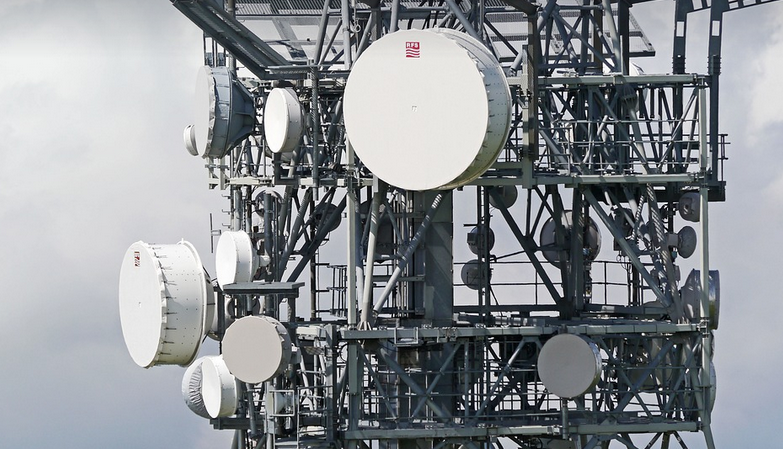Understanding the Basics of Your 2010 Toyota Tundra Transmission
Owning a 2010 Toyota Tundra is a testament to rugged durability and reliable performance. But like any vehicle, your trusty truck needs its share of upkeep. A critical component of this maintenance is understanding the nuances of your transmission – that powerhouse responsible for smoothly shifting gears and getting you where you need to go. The 2010 Toyota Tundra offered a robust six-speed automatic transmission, designed to deliver smooth gear changes and excellent fuel economy. It’s more than just a simple box; it’s a complex machine with various moving parts that require regular attention. Understanding its operation is key to ensuring a long lifespan for your truck.
The Intricate Design of the 2010 Toyota Tundra Automatic Transmission
The heart of any transmission lies in its core: the planetary gears, which allow the gear ratios to change with different speeds and loads. In the 2010 Tundra, this gearbox is built to be durable and reliable, utilizing a unique combination of clutches, bands, and sun gears that work together seamlessly. The six-speed automatic transmission offers several key advantages: It combines high-torque power transfer with fuel efficiency, making it perfect for daily driving and long hauls. The transmission allows you to effortlessly cruise at highway speeds while still maintaining enough power for challenging uphill routes.
Key Parts of the 2010 Toyota Tundra Automatic Transmission
Let’s take a closer look at some key parts that contribute to smooth gear changes: * **Torque Converter:** This crucial component converts engine torque into rotational force, providing the initial burst of power needed for starting off and accelerating. It’s responsible for smoothening power transfer between the engine and transmission. * **Shift Solenoids:** These small but mighty valves control fluid flow to different gears. They are the “brains” behind gear shifting, receiving signals from the control module and sending hydraulic pressure to the clutches accordingly. * **Clutches & Bands:** These friction components play a vital role in engaging and disengaging gears. The clutch is the “pedal” of your truck’s transmission, allowing for smooth gear changes. * **Planetary Gears:** These circular gears, often housed in planetary gearsets, help alter gear ratios to match engine speed and momentum with road speed. Each planetary gear has a specific range of rotational speeds that it focuses on.
Maintaining Your 2010 Toyota Tundra Transmission
Just like any machine, regular maintenance is key for ensuring the longevity of your Tundra’s transmission. Here are some essential steps: * **Regular Oil Changes:** This simple yet critical task helps keep all moving parts lubricated and prevents friction-induced wear. * **Fluid Level Checks:** Checking fluid levels ensures that your transmission is working at optimal efficiency. * **Transmission Fluid Flush:** Depending on your driving habits, a transmission fluid flush every 30,000 miles or so will help remove any impurities and ensure smooth gear changes for years to come.
Signs of Trouble: When to Seek Professional Help
While your 2010 Toyota Tundra’s automatic transmission is designed for durability, it can still experience issues that may call for professional intervention. Be on the lookout for these common signs: * **Burning Smell:** If you smell a burnt odor coming from under your hood, it could indicate a problem with the transmission or related components like the torque converter or transfer case. * **Sluggish Shifting:** A noticeable delay in gear shifts, especially when accelerating, can signal low fluid level, worn clutches, or even faulty solenoids. * **Grinding Gears:** A grinding noise from your transmission while shifting gears usually points to a problem with the clutch plates or bands that need immediate attention. * **Leaking Fluid:** Check for any signs of leaking beneath your truck; this could indicate a problem with seals, gaskets, or even a damaged torque converter. Remember: It’s always better to address potential transmission issues early on than risk a more costly and extensive repair later down the road. **If you’re experiencing any of these problems, it’s essential to take your truck to a qualified mechanic specializing in transmissions.** They can diagnose the issue accurately and suggest appropriate maintenance or even repairs.



